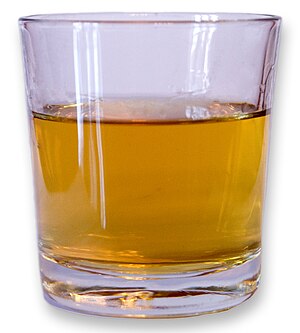There is a great article that covers the role of Rakia in Macedonia culture that I had discovered recently in my own research for Rakia information. I have given a little taste of the style of writing that is done in a language that is easily digested and taken on board. Karolina Bielenin, the author of the article lives in Warsaw, Poland she certainly has a talent for getting her message over.
Here is an extract from the article, this is just a small part of the whole project which covers every aspect of Rakia in Macedonia.
...................Rakia is being drunk mostly in the morning, before eating. As every beverage with high alcohol content it improves digestion. In the morning, says S.M. Mijatovic, people drink very strong rakia from special, tiny glasses (bigger glasses are used for rakia with less alcohol content, the biggest for wine) (Mijatovic 1908: 78). Rakia is also drunk before dinner, as anaperitif and in the evenings.
In winter, and especially during winter holidays, sweet rakia is heated before serving (mac. varena rakija, serb. grejanica). Heated rakia is also an indispensable element of the wedding customs. It is also possible to use heated rakia externally (massaging throat and chest) as a medicine for colds.
Drinking rakia demands cultural knowledge and competence as rakia is a special traditional beverage. Drinking rakia is usually connected with significant actions. The elementary one is saying “Cheers!” (Mac. “na zdravje!”, Serbian “zhiveli!” is also often used) while knocking the glasses and looking each other in the face. Knocking the glasses has an apotropaic meaning like knocking the red-coloured eggs at Easter. Both actions are intended to ward off evil spirits that could haunt the household (Knizevik 1997: 33). Looking in the face can be the way of showing openness, reducing the distance between people, and is prevalent not only in Macedonia, but in whole Balkan region.
My interviewees explained why one should look another in the face while knocking the glasses in different manners, e.g.: Well, what does it look like when you knock the glass with..................
You can read the whole article at this link:
http://www.iea.pmf.ukim.edu.mk/EAZ/EAZ_05/EAZ_2004_PDF/KB_rakija_eng.pdf


![Reblog this post [with Zemanta]](http://img.zemanta.com/reblog_e.png?x-id=0ad1a31d-1daa-439f-8c2a-e833d687475c)


![Reblog this post [with Zemanta]](http://img.zemanta.com/reblog_e.png?x-id=b559962d-afb1-4120-8a44-931322b2cfc3)

![Reblog this post [with Zemanta]](http://img.zemanta.com/reblog_e.png?x-id=3d673200-3cee-43ec-af90-7fd18e27b7ae)

![Reblog this post [with Zemanta]](http://img.zemanta.com/reblog_e.png?x-id=d84480c8-5c89-4fff-b573-4b6691476f6e)